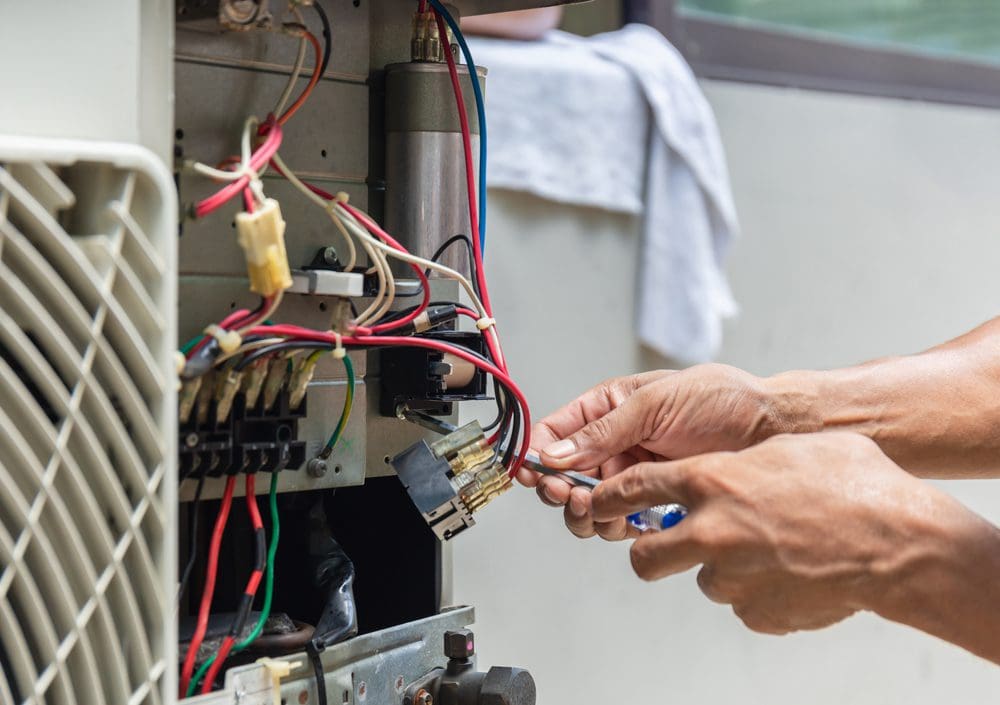Furnace repair is an essential service for maintaining a comfortable and safe living environment, especially during cold seasons. Knowing when and how to address furnace issues can save you time, money, and stress. This guide will explore the common problems, repair methods, and maintenance tips to keep your heating system running efficiently.
Understanding Common Furnace Repair Issues
Furnaces repair are complex machines that can develop various issues over time. Identifying these problems early can prevent costly repairs and ensure your home stays warm. Here are some frequent issues you may encounter with your furnace.
Identifying Furnace Problems Early
Unusual noises can indicate a problem with your furnace. These may include banging, squeaking, or hissing sounds. Each sound often points to specific issues, such as loose parts, dirty filters, or airflow restrictions.
Temperature Inconsistency
If you notice uneven heating throughout your home, it could signal a malfunctioning thermostat, blocked vents, or ductwork issues. These problems can lead to discomfort and inefficient heating, ultimately raising your energy bills.
Frequent Cycling
A furnace that turns on and off frequently may have a malfunctioning thermostat or be improperly sized for your home. This frequent cycling not only wastes energy but can also cause unnecessary wear and tear on the system.
Odors and Fumes
Unpleasant smells, especially gas odors, can indicate serious problems. If you smell gas, shut off your furnace immediately and contact a professional. Other smells, like burning or musty odors, may point to dust buildup or mechanical issues.
Tips for Maintaining Your Furnace
Regular maintenance can prolong the life of your furnace and reduce the likelihood of needing repairs. Here are some effective tips to keep your heating system in top shape.
Change Air Filters Regularly
Dirty filters restrict airflow and make your furnace work harder. Change or clean your air filters every one to three months, especially during peak heating seasons.
Schedule Annual Professional Inspections
Having a professional inspect your furnace annually can catch potential issues early. Technicians can clean components, check for safety hazards, and ensure your system operates efficiently.
Ensure Proper Insulation
Good insulation helps keep the heat in your home. Check your insulation levels, especially in attics and basements, to prevent heat loss and improve furnace efficiency.
Keep Vents Clear
Ensure that vents and radiators are not blocked by furniture or other obstructions. Clear airflow ensures your furnace can distribute heat evenly throughout your home.
Understanding the Furnace Repair Process
When faced with a furnace issue, understanding the repair process can help you make informed decisions. Here’s what you can expect during a typical furnace repair.
Initial Diagnosis
A qualified technician will start with a thorough inspection of your furnace. They will listen for unusual sounds, check the thermostat settings, and examine filters and vents.
Repair Estimates
Once the problem is identified, the technician will provide an estimate for repairs. This should include labor and parts costs. It’s wise to get multiple estimates if the repair is significant.
Repair Execution
After you approve the estimate, the technician will proceed with the repairs. This may involve replacing parts, cleaning components, or recalibrating the system.
Final Inspection and Testing
Once repairs are complete, the technician will conduct a final inspection and test the furnace to ensure it’s functioning correctly. They should provide advice on maintenance to prevent future issues.
Frequently Asked Questions about Furnace Repair
What should I do if my furnace won’t start?
First, check your thermostat settings and ensure the power is on. If it’s still not working, inspect the circuit breaker. If these steps don’t resolve the issue, call a professional.
How often should I have my furnace serviced?
It’s recommended to have your furnace serviced at least once a year, ideally before the heating season begins.
Why is my furnace blowing cold air?
Cold air can result from a malfunctioning thermostat, dirty filters, or issues with the pilot light or ignition system. Check these factors before contacting a technician.
How can I improve my furnace’s efficiency?
Regular maintenance, changing air filters, and ensuring good insulation can significantly improve your furnace’s efficiency and longevity.
Final Verdict on Furnace Repair
Furnace repair is not only about fixing immediate issues but also about ensuring the long-term efficiency of your heating system. Regular maintenance, prompt attention to unusual sounds or smells, and professional inspections can help prevent costly repairs down the line. By staying proactive, you can ensure that your furnace operates smoothly, providing reliable warmth during the cold months.




